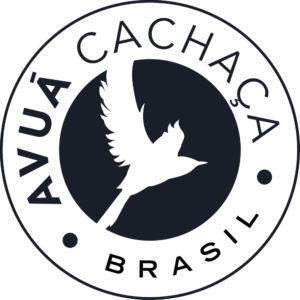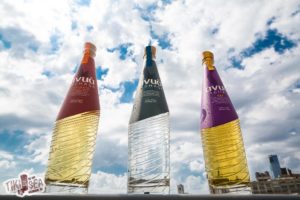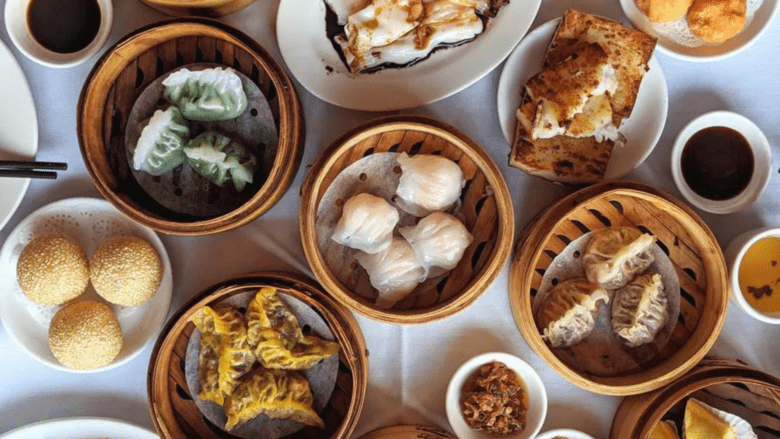 In the midst of the Olympic games, transport yourself to Rio via the cocktail glass—Brazil’s national spirit makes it to Bostonian shores courtesy of Avuá Cachaça. Co-founders Pete Nevenglosky and Nate Whitehouse fell in love with cachaça on its home turf. After taste-testing over 400 varieties (in as little as six weeks, an “amazing, scary ridiculous trip,” according to Nevenglosky), the pair partnered with a third-generation distiller to bring the artisanal booze to a broader audience. Avuá now sports a line of three (soon to be four) cachaças that showcase the versatility of the historic sugarcane spirit.
In the midst of the Olympic games, transport yourself to Rio via the cocktail glass—Brazil’s national spirit makes it to Bostonian shores courtesy of Avuá Cachaça. Co-founders Pete Nevenglosky and Nate Whitehouse fell in love with cachaça on its home turf. After taste-testing over 400 varieties (in as little as six weeks, an “amazing, scary ridiculous trip,” according to Nevenglosky), the pair partnered with a third-generation distiller to bring the artisanal booze to a broader audience. Avuá now sports a line of three (soon to be four) cachaças that showcase the versatility of the historic sugarcane spirit.
Cachaça has been somewhat sequestered in Brazil. Despite pre-dating molasses rum, the beverage missed the pre-Prohibition cocktail craze of the US, only making it to North American soil in the 80s. “A lot of that was what we call industrial cachaça,” explains Nevenglosky, distinguishing the mass-produced, column-still variety from artisanal, pot-still sprits like Avuá.
 Made from fermented and distilled fresh sugarcane juice, cachaça’s flavor comes across as earthy and dry. Nevenglosky refers to it as rhum agricole’s “softer cousin.” The two spirits share a “dryness and funkiness” and a “sense of place,” or terroir, coming from the specific sugar used. “You can see the difference even in production that’s happening fifteen miles down the road.” With Avuá’s unaged and aged varieties, Nevenglosky and Whitehouse aim to educate drinkers on the category and “show that it has an extremely wide range of application beyond just the capirinha.”
Made from fermented and distilled fresh sugarcane juice, cachaça’s flavor comes across as earthy and dry. Nevenglosky refers to it as rhum agricole’s “softer cousin.” The two spirits share a “dryness and funkiness” and a “sense of place,” or terroir, coming from the specific sugar used. “You can see the difference even in production that’s happening fifteen miles down the road.” With Avuá’s unaged and aged varieties, Nevenglosky and Whitehouse aim to educate drinkers on the category and “show that it has an extremely wide range of application beyond just the capirinha.”
 The Avuá brand is “rooted in 1950s Rio,” says Nevenglosky, calling to mind cultural elements like bossa nova music and the exploding popularity of Copacabana Beach. The bottles themselves are inspired by the Brazilian architecture of that age, like the structural works of Oscar Niemeyer. Launched in 2013, Avuá’s lineup includes an unaged silver cachaça called Prata that rests in stainless steel. “That you would make a caipirinha with, something refreshing,” suggests Nevenglosky. “I often describe it as floral, vegetal, maybe a bit of plantain on the nose, pretty dry and viscous. I’ll drink that in a Negroni.” The limited-run Oak, aged two years in French oak, “shows what happens when you put our cachaça in a familiar vessel” and makes a standout Sazerac. The golden-hued Amburana is named for the Latin American wood that makes up the vertical aging barrels where the spirit is stored for two years. With baking spice notes, the Amburana plays well in an Old Fashioned, a sour or a Tiki-style cocktail.
The Avuá brand is “rooted in 1950s Rio,” says Nevenglosky, calling to mind cultural elements like bossa nova music and the exploding popularity of Copacabana Beach. The bottles themselves are inspired by the Brazilian architecture of that age, like the structural works of Oscar Niemeyer. Launched in 2013, Avuá’s lineup includes an unaged silver cachaça called Prata that rests in stainless steel. “That you would make a caipirinha with, something refreshing,” suggests Nevenglosky. “I often describe it as floral, vegetal, maybe a bit of plantain on the nose, pretty dry and viscous. I’ll drink that in a Negroni.” The limited-run Oak, aged two years in French oak, “shows what happens when you put our cachaça in a familiar vessel” and makes a standout Sazerac. The golden-hued Amburana is named for the Latin American wood that makes up the vertical aging barrels where the spirit is stored for two years. With baking spice notes, the Amburana plays well in an Old Fashioned, a sour or a Tiki-style cocktail.
Traditionally, cachaça has been aged in as many as 28 different styles of wood, and Avuá continues to experiment with their liquor in various barrels. Their spirit of innovation, and dedication to artisanal tradition, are helping to broaden the minds of US bartenders and drinkers unfamiliar with cachaça. “We’re hitting a point of much more creativity than has been historically true for quite a while,” says Nevenglosky of the current cocktail scene. “Our business wouldn’t have worked 10 or 15 years ago.” Some of the Boston spots mixing Avuá into the drink menu include Alden & Harlow, Backbar and Drink. Go for the silver (or the gold) and head over for a taste of Brazil.

















